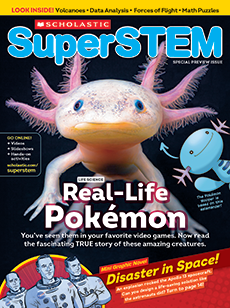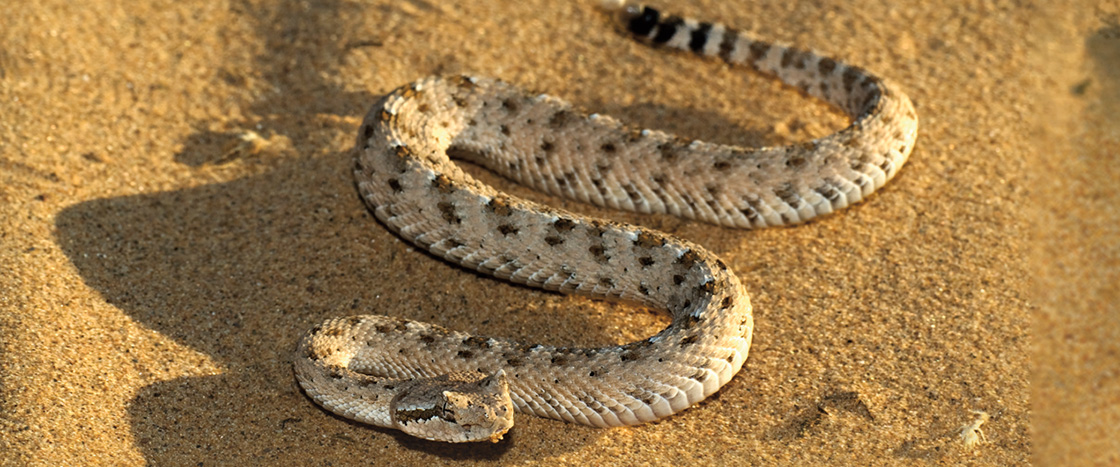Have you ever tried running on sand? It’s hard to do because your feet sink in. Moving across sand can be a struggle for many animals. But it’s no problem for sidewinders! These species of snakes live in deserts in North America, Africa, and the Middle East. They easily move their long bodies across the slippery sand.
Have you ever tried to run on sand? It’s hard to do because your feet sink in. Moving across sand can be tough for many animals. But it’s no problem for sidewinders! They’re a species of snake. They live in deserts in North America, Africa, and the Middle East. The snakes easily move their long bodies across slippery sand.

